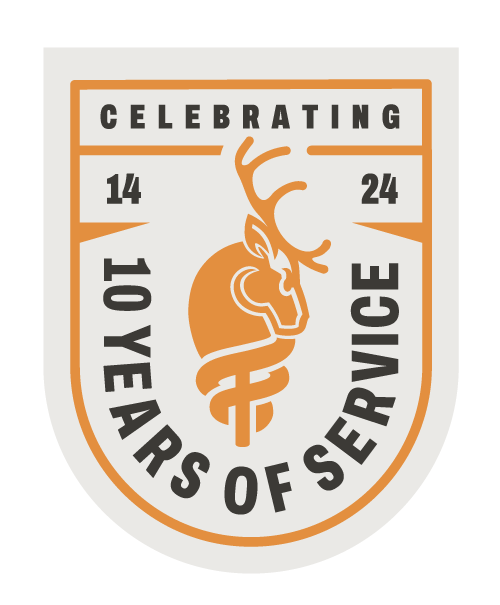
Twenty years ago, when I started practicing medicine, before the invention of social media and the internet, life was a bit simpler. The pharmacist-patient relationship was pretty straightforward. A patient would come to see me, and I would write a prescription. The patient would then take the script to the pharmacist, who would fill the prescription. The patient went home, took the medication as directed, and life went on. At the pharmacy, we could see the pharmacist in the background counting pills, filling prescriptions, and taking phone calls. There was very little interaction between a pharmacist and the patient outside of the clerk at the front desk asking, “Do you have any questions for the pharmacist?” But times have changed. And yes, I do have some questions.
Today, patients have access to an amazing amount of information. Everyone is now a self-proclaimed expert who assumes that because they read it on the internet, their cough with green mucus means that they have an infection and need antibiotics. Patients ask a lot more questions, and while that’s not necessarily a bad thing, it has certainly changed the way healthcare providers and pharmacists interact with them on their healthcare journey.
While I sure hope they do, I’m not sure if pharmacists get the recognition they deserve. After all, they are “just” filling orders from a physician. What could go wrong? Little do people know, their role is vital in keeping us safe. Their knowledge of medications, dosing, and drug interactions is invaluable and adds a layer of protection for the physicians writing prescriptions and the patients who take the medication.
With the advent of electronic medical records (EMRs) and the ability to send prescriptions electronically (what I will call ePrescribing), this process is now streamlined and helps make things safer. Plus, it means that the pharmacist no longer has to try and decipher what the physician has written. It’s no secret that doctors have been accused of notoriously bad handwriting (it’s no excuse, but the amount of charting and writing doctors have to do every day, along with the pace at which they do it, certainly lends itself to bad penmanship). Now, thanks to ePrescribing, the prescriptions are completely legible – the name, dose, frequency, all of it. The first layer of safety.
Secondly, with the help of our ePrescribing software, the pharmacist is now able to quickly identify dangerous drug-drug interactions that the prescribing physician may not have known. This was quite a common issue in my emergency department. Many people would come in and not have their medication list with them, saying something like, “I’m on a little blue pill and a small round yellow pill for my blood pressure. And, oh yeah, I’m taking another pill for my diabetes, but I don’t know the name.” On many occasions, I would get a call from a pharmacist alerting me to the dangerous interactions about to occur with the prescription I had just written. Their knowledge of medications and drug interactions – coupled with the safety triggers built into our software programs – has saved my gluteus maximus (and minimus!) on more than one occasion. Yet another layer of safety.
As I mentioned earlier, patients have begun to ask more questions. They read things on the internet and are more curious than ever. As I stand in line at the local pharmacy, I observe what I feel are more pharmacist-patient consultations occurring off to the side. This one-on-one dialogue has now become more important than ever. With the amount of disinformation online, having in-person interactions with knowledgeable professionals is what patients need. I have frequently received a phone call from a pharmacist, after they’ve been talking to a patient, with questions about a prescription and even some suggestions for alternative treatment options.
As medicine continues to grow and evolve, so will the role of the pharmacist. Most pharmacists now offer vaccinations (shingles, flu, COVID, etc) to help offload the burden of a stressed healthcare system. On top of that, they conduct medical screenings and offer expert opinions on treatment options. They are no longer “just” filling prescriptions. Now, they are having more and more contact with patients, and as their relationship continues to grow, patients are no longer just a name and date of birth.
When the COVID-19 pandemic occurred, hospitals put up posters that said “NOT ALL HEROES WEAR CAPES.” And they were right. My hero wears a white jacket, works countless hours, calls me when something doesn’t make sense, gives vaccines, provides medical screening exams, answers patient questions, has my back, and most importantly, keeps patients safe. That is something I appreciate, and I hope you don’t take for granted. So next time you see your local pharmacist, make sure to thank them. It may seem like a small gesture, but trust me, it’ll go a long way.
